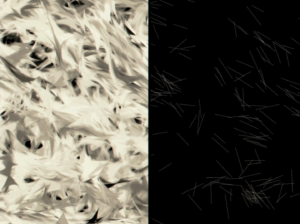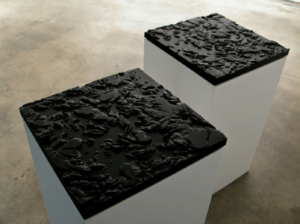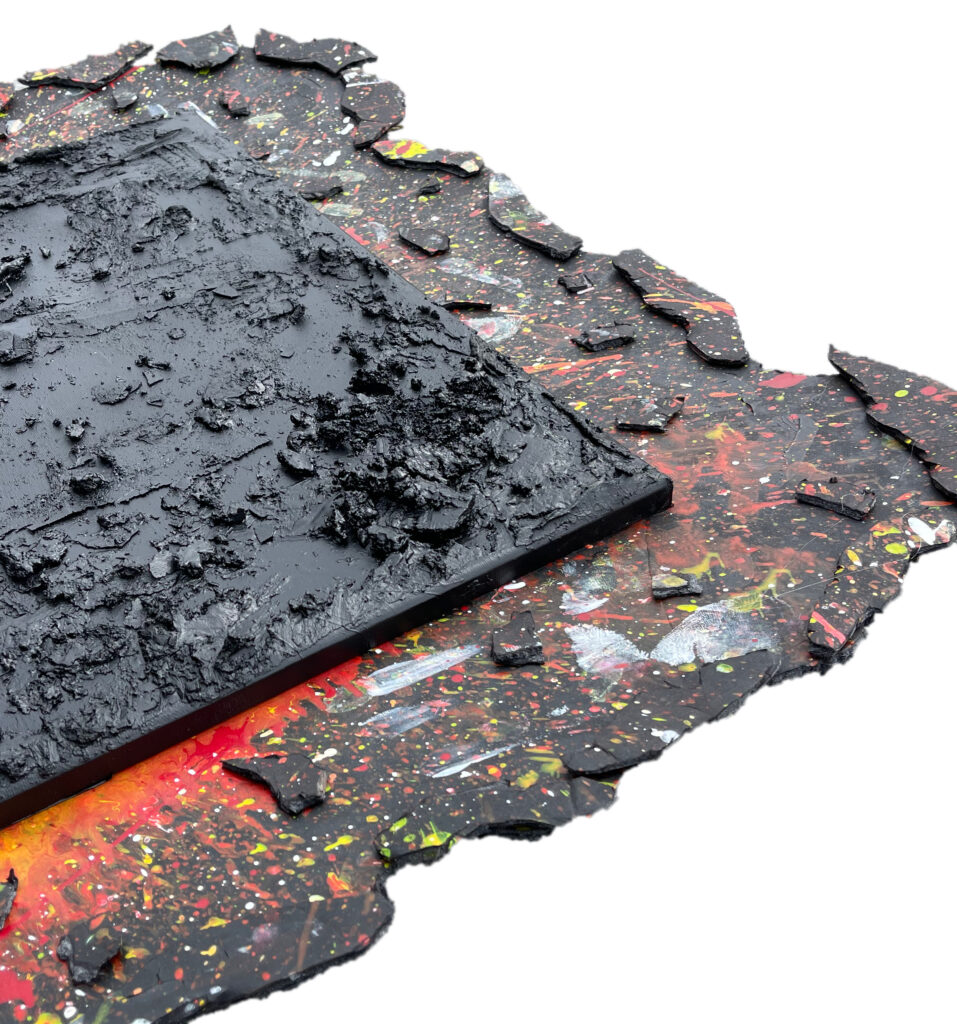Written Response: Eyeo2012 – Casey Reas
After taking a first glance at the assigned reading, I was not too excited to watch a 40-minute presentation about something called “Chance Operations.” Nonetheless, I was thoroughly intrigued by the concepts Reas explained and demonstrated.
Prior to enrolling in this course, my exposure to computer-generated art and media was highly superficial, and when I thought of ‘computer graphics’ only things like CGI and 3D Models came to mind. I understood the basic concepts of randomness and the vital roles it played across all disciples, however, it has never crossed me that these concepts of randomness and noise could be used to create intricate and unique artworks through supposedly ‘simple’ code.
Another part of the presentation that surprised me was the close resemblance Reas’ work had to an artwork of my own:
Though the similarities are quite obvious, Reas’ artwork had been generated by code that he had written. Mine was created physically. It seems that at times, randomness and noise can often prevail in the physical and digital worlds of media, and I believe Casey Reas’ presentation exclusively demonstrates the latter. This was even more evident as shown through his project in collaboration CHRONOGRAPH with Tal Rosner, where they took hundreds of images, and randomly compiled them to create unique artworks. The applications went even further when Reas’ demonstrated the artwork he had created where he collaborated to create a visual representation of how certain proteins communicate. Ultimately, it can be said that randomness is not merely a concept that is useful for coding or creating media, but it is one which runs our lives down to the individual atoms and cells.



